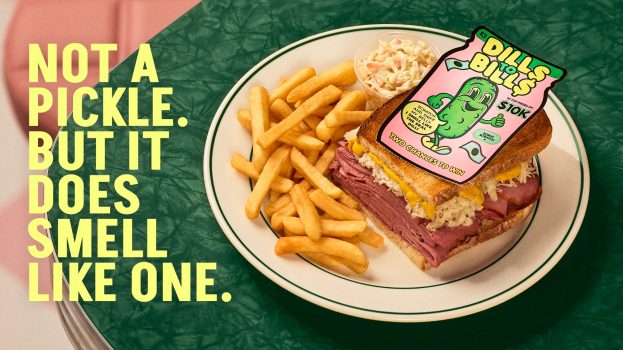Restaurant Brands International is reporting strong numbers for Tim Hortons and Burger King.
RBI is reporting that its Q1 system-wide sales grew 14% year-over-year, up nearly $1 billion year-over-year, driven by “standout” 10% global comparable sales growth at Tims and 20% at Burger King’s international locations, a “consistent growth engine,” according to CEO José Cil.
The company is reporting revenue topped estimates, $1.45 billion vs. $1.41 billion expected. Q1 net income of $270 million, is down slightly from $271 million a year earlier, but net sales rose 15.2% to $1.45 billion during the period, beating expectations of $1.41 billion.
The Tim Hortons chain reported same-store sales growth of 8.4% for the quarter, which includes double-digit gains in Canada. Its urban business, RBI says, is improving significantly, and Ontario is one of the stronger performing regions.
Following the RBI release, the company held an Investor Day specific to Tim Hortons.
During the call, Axel Schwan, president for Canada, US and Latin America at Tim Hortons, says the QSR is continuing to execute on its “Back to Basics,” strategy, focusing on quality improvements to the core items on its menu. Schwan says it addressed coffee consistency complaints with new brewing technology, standardized water filtration systems, retraining, blend and roast improvements and ethical sourcing from highest quality arabica beans. Since 2019, Schwan says it’s grown its market share for hot coffee from 70% to 72%.
The move to fresh cracked eggs in its breakfast items, the company says, has grown its market share in that area from 57% to 59% in 2021, significantly improving satisfaction. To boost perceptions of its baked category, it reports it has innovated popular menu items like Apple fritter and Boston Cream donuts.
In retail, a space where it recently launched a new ice cream, Schwan says it has proven successful growing its CPG business six-fold since 2014.
Regarding its 2021 Ad Fund – an $80 million corporate investment in Canada to supercharge advertising expenses – parent RBI says it’s “really important to double down on brand related messages” and coffee quality and innovations in breakfast.
Hope Bagozzi, Tims’ CMO, says it’s going to leverage its beverage leadership to extend into high growth areas, capture more afternoon and evening day parts, and build off momentum modernizing the brand.
Bagozzi says its marketing plan includes a focus on hot and cold, brewed and specialty beverages. It’s building credibility in espresso, a $650 million market in Canada. According to Bagozzi, the QSR is pleased with its espresso traction so far, moving from 35% to 40% in market share from 2019 to 2021.
However, Tims says its aim is to have a product mix that’s less reliant on hot brew. For example, cold beverages represent a $4.5 billion dollar market, and success there is key to being relevant to younger consumers.
It’s also focusing on craveable high-quality food with Bagozzi noting it’s making quality enhancements to lunch too. With PM food growing at 5% CAGR, this is representing “incredible” opportunity for growth.
Loaded wraps and bowls are coming to fill this void, the former to be launched this week. These are white space opportunities to stretch menus into high growth segments.
Bagozzi also announced that a second collaboration with Justin Bieber is coming, based on the big success of its Timbiebs.
RBI says important digital improvements were made to modernize the Tims guest experience in Canada, especially as one-third of all guest transactions are happening through digital channels: it has invested in its Tims loyalty app to make it load faster, and has replaced analog drive-in menu boards with digital ones.
Josh Kobza, COO at RBI, says at Tim it’s seeing “continued sequential improvement through digital sales” and traction in loyalty via well-executed digital campaigns like Roll Up to Win.
Traditionally, Kobza says the contest was a brand builder, but now it’s a major digital sales and loyalty driver. Two Roll Up campaigns, the company says, have added three million new members to Tims Rewards. In 2022, it’s further engaging users with points-based incentives for mobile order and pay. Tims is also building on strong brand partnerships for its largest prize pool ever. Its the “tip of the iceberg for what it can do for its digital journey,” Kobza says.
























